Known as “is it the dance of Sano, or Sano’s dance?”, this cherished summer tradition in Senshu captures the spirit of Izumisano.
The traditional Bon dance “Sano Kudoki” (also called “Sano Odori”) has over 300 years of history.
Local legend says that during the Edo period, it was danced in the garden of the wealthy merchant family, the Inono family, when the lord of Kishu Domain visited.
Set to a narrative folk song called “Kudoki‑bushi,” the graceful dance, accompanied by shamisen and taiko drums, is designated an intangible cultural asset by Izumisano City.
In the Showa era, people enjoyed costume contests and all‑night dancing—making it a beloved community gathering.
Experience this folk performing art firsthand at Izumisano’s various Bon Odori venues.
Other dances performed in Izumisano Bon Odori include Yokoyama Ondo, Goshu Ondo, and Sanya Odori.
🎎 Highlights & Insights of Sano Kudoki
🕺 Dance Style
Dancers form a clockwise circle around the yagura (dance tower).
Inspired by Kyoto’s ozashiki-mai (parlor dance), movements are fluid and elegant—including delicate hand gestures—creating both visual beauty and a refined sense of rhythm.
🗣️ Vocal Calls
Spirited interjections like “Iyaa, soichaae!” and “Tokodokkoi sho!” enhance the rhythm and deepen the sense of participation and unity.
🎵 Kudoki‑bushi (Narrative Song)
The song is conversational in tone, telling folk tales such as the rise of the Inono merchant family, the story of Juntokumaru, and Kii no Kunisuke Bunzaemon—all based on local legends.
Though the melody remains consistent, the sung story varies by performer and region—each Sano Kudoki has its own unique style and local flavor.
📜 Story Count
Around 15–20 versions are preserved today; at its peak in the Showa period, over 100 were performed—passed down orally by local residents.
🧠 Did You Know?
In summer, the melody of Sano Kudoki is part of everyday life: it’s used as the on‑hold tone at Izumisano City Hall and as chimes around the city.
🌟 For Tourists – A Bon Odori Experience, Not Just a Spectacle
Sano Kudoki invites tourists to join the dance, not just watch.
The rhythm is gentle and graceful—easy for beginners to follow.
By dancing alongside locals, you’ll truly connect with the local community.
—you’ll feel like a part of the town.
You can dance in a yukata (a casual summer kimono) or in casual clothes—both are welcome.
Even if you choose to just watch, the experience is deeply rewarding.
If you want to feel the pulse of Izumisano in summer, this is highly recommended.
📌 Basic Information
🌟 Bon Odori “Sano Kudoki” (Sano Dance) – The Pride of Izumisano’s Bon Dance Culture
🌟 盆踊り・佐野くどき(佐野踊り)~泉佐野の誇る盆踊り文化~
📅When: Late July each year, during the festival “Kyodo Geino no Tsudoi” (Local Performing Arts Gathering). Exact date varies annually.
Most neighborhood Bon Odori are held mainly on August 14 and 15, though some may vary.
💴Admission: Free
📍Where: Various neighborhood associations in Izumisano City, plus special venues (e.g. “Kyodo Geino no Tsudoi”)
🚉 Access: Varies by venue.
→ Parking may be very limited—we strongly recommend using public transport.
→ Check “Event Information” or “News” on the website for exact times and locations.
📍Organizer: Neighborhood Associations across Izumisano City
📞Contact: Izumisano City Hall, Machi-no-Kassei-ka (Town Revitalization Division)
072‑469‑3131(Japanese Only)
🏮~~~~~ 🏮~~~~~ 🏮~~~~~ 🏮~~~~~ 🏮
🎥 Learn More – Video Resources on Sano Town
“Yume Densetsu: Senshu Sano – The Merchant Town’s Story” (2009 production)
This historical film portrays:
The past as a busy port for Kitamaebune merchant ships
The life of the Inono merchant family
The cultural roots of Sano Kudoki
Note: Some scenes depict buildings and streets that no longer exist—valuable as documentary records.
👉 Excerpts (YouTube・Japanese Only)
👉 Full film parts(Japanese Only)
🎧 Currently verifying copyright for a Showa-era recording of “Sano Kudoki.” Once approved, it will be released soon.
📘 References & Collaboration
Izumisano Everything Encyclopedia (Izumisano City Hall, 1994)
A Historical Stroll Through Sano Town (NPO Senshu Sano Nigiwai Honpo)
Nagai-san, Sano Kudoki Preservation Society
🏞️ Recommended Nearby Attractions
🏠 Related Facility
Izumisano Furusato Machiyakan (Former Shinkawa Residence)
This machiya-style townhouse museum tells the story of daily life and history in the Sano Machiba area.
It also serves as a hub for exhibitions and archival footage of Sano Kudoki, the city’s traditional Bon Odori dance.
The building itself is a designated cultural property of Izumisano City. It is also a rare surviving example of late-Edo-period merchant architecture.
🔗 Izumisano Furusato Machiyakan

🖼 Related Art
Kitamae-bune Wall Mural (Sano Machiba)
In the heart of Sano Machiba, you’ll find a large mural depicting the Kitamae-bune, the historic cargo ships that once docked in the region.
Created as part of the nationally recognized Japan Heritage initiative, the artwork vividly captures the prosperity of the town during its peak as a major trading port, along with the grandeur of the ships themselves.
It also preserves the memory of the era in which the folk dance Sano Kudoki was born.
🔗 Kitamae-bune Wall Mural (Sano Machiba)
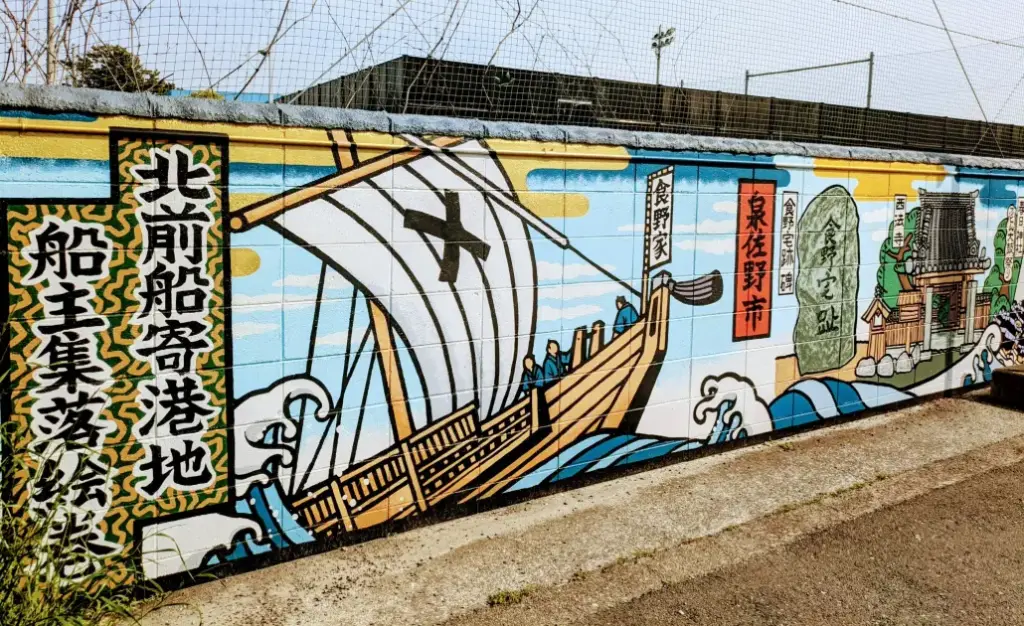


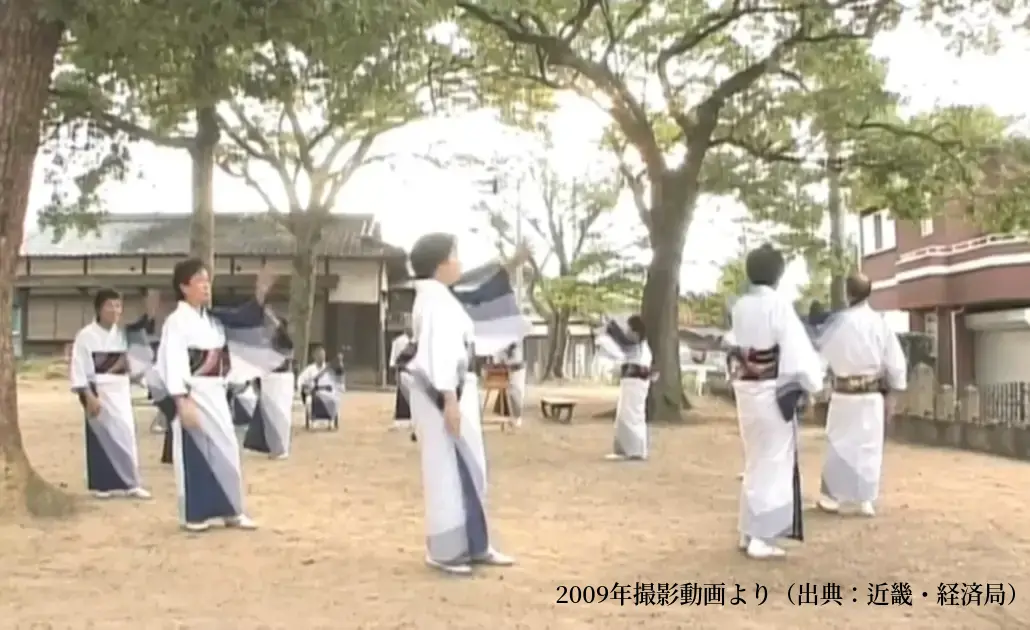
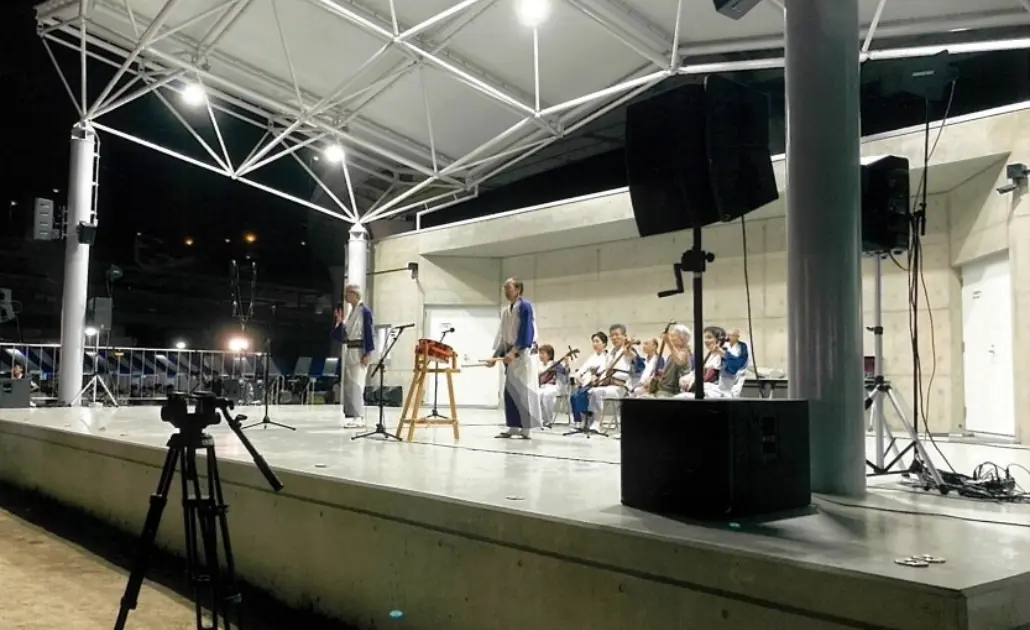
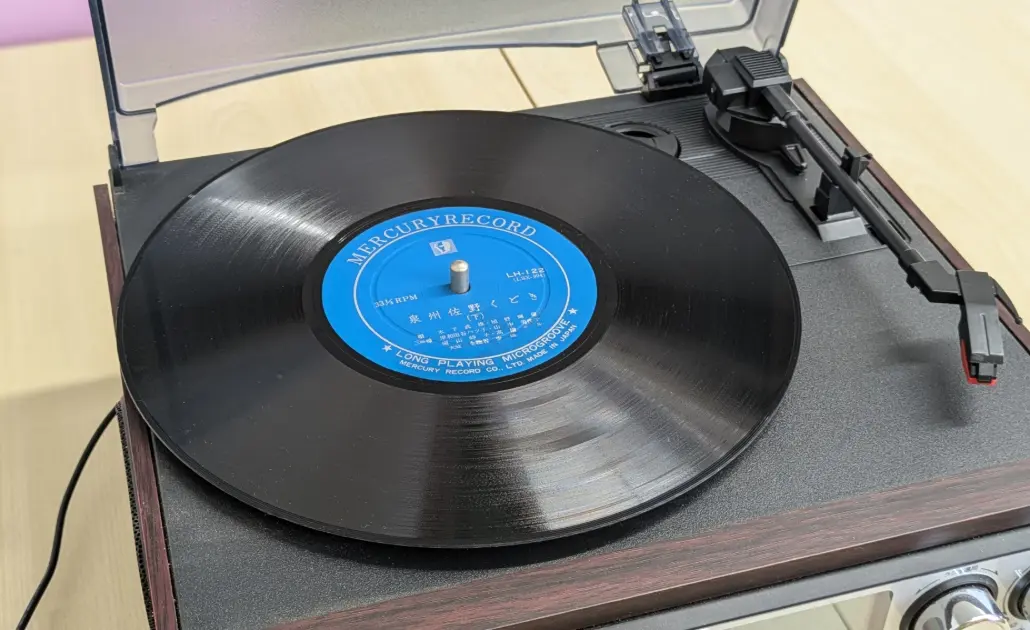
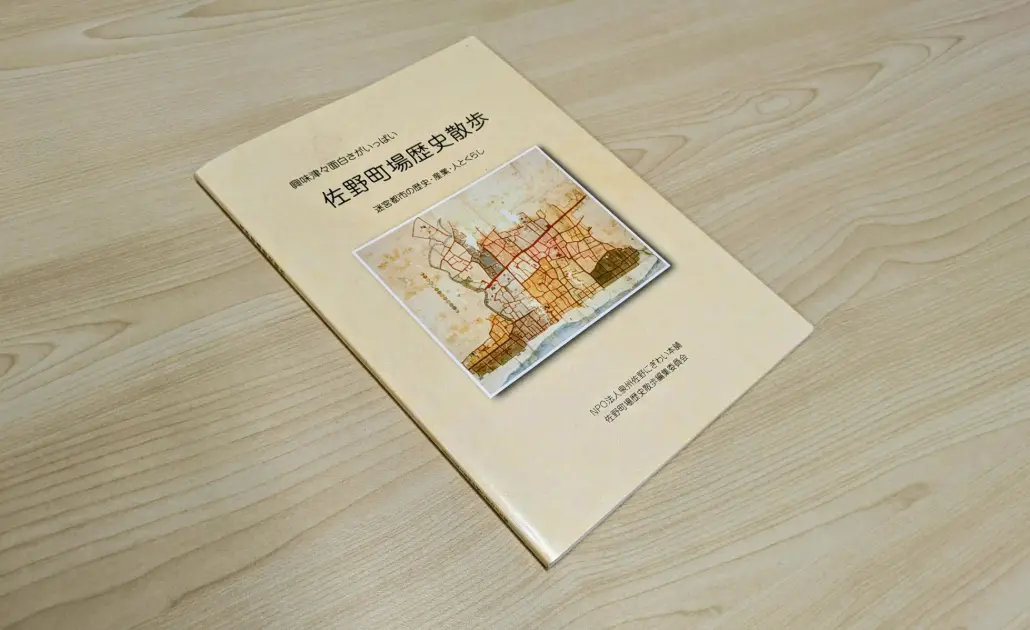
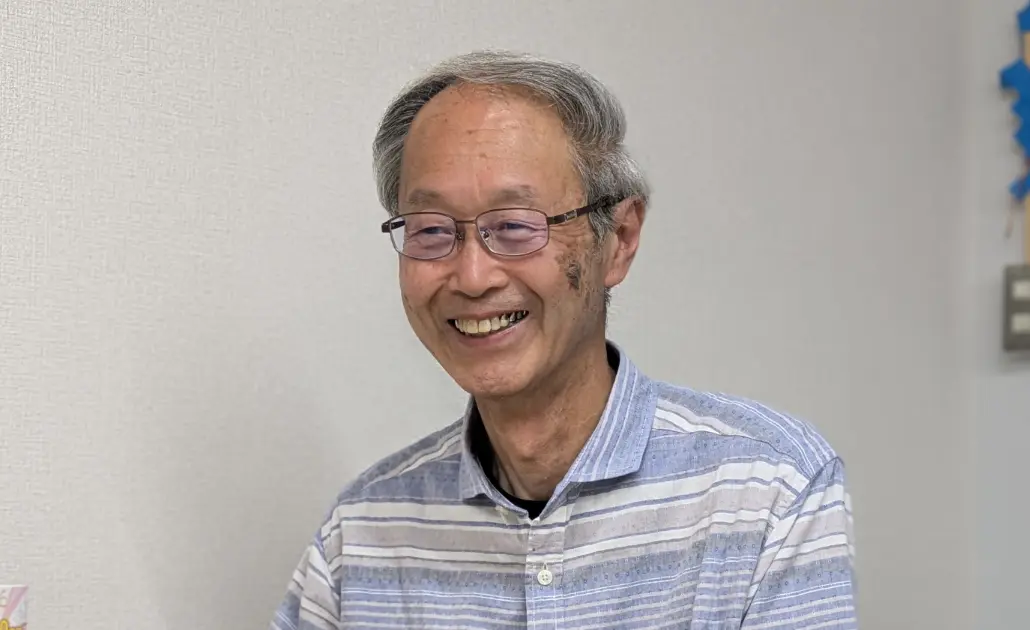
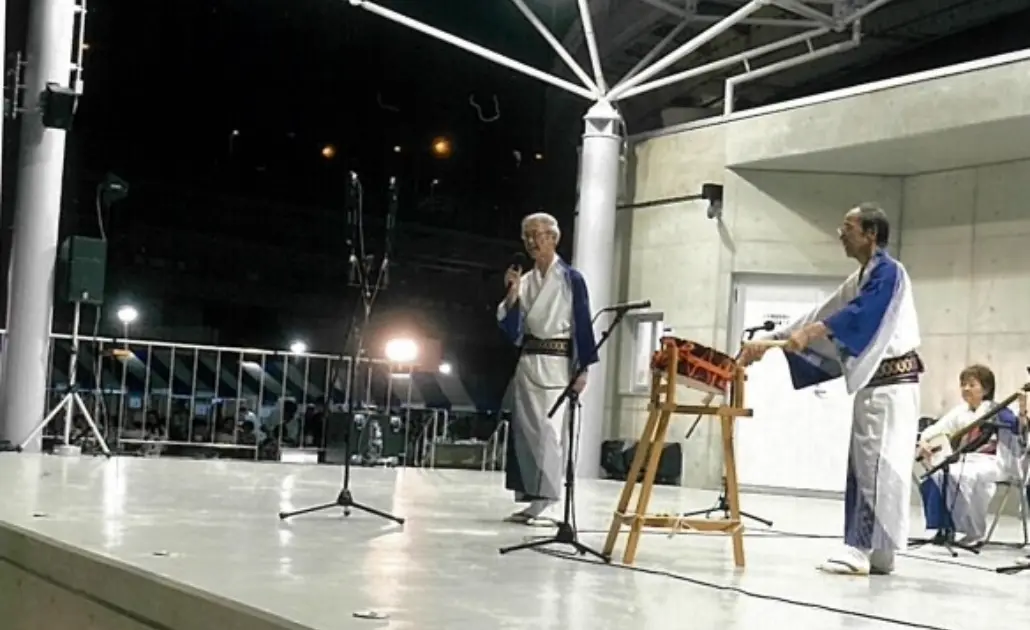
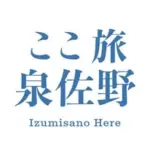

Comment